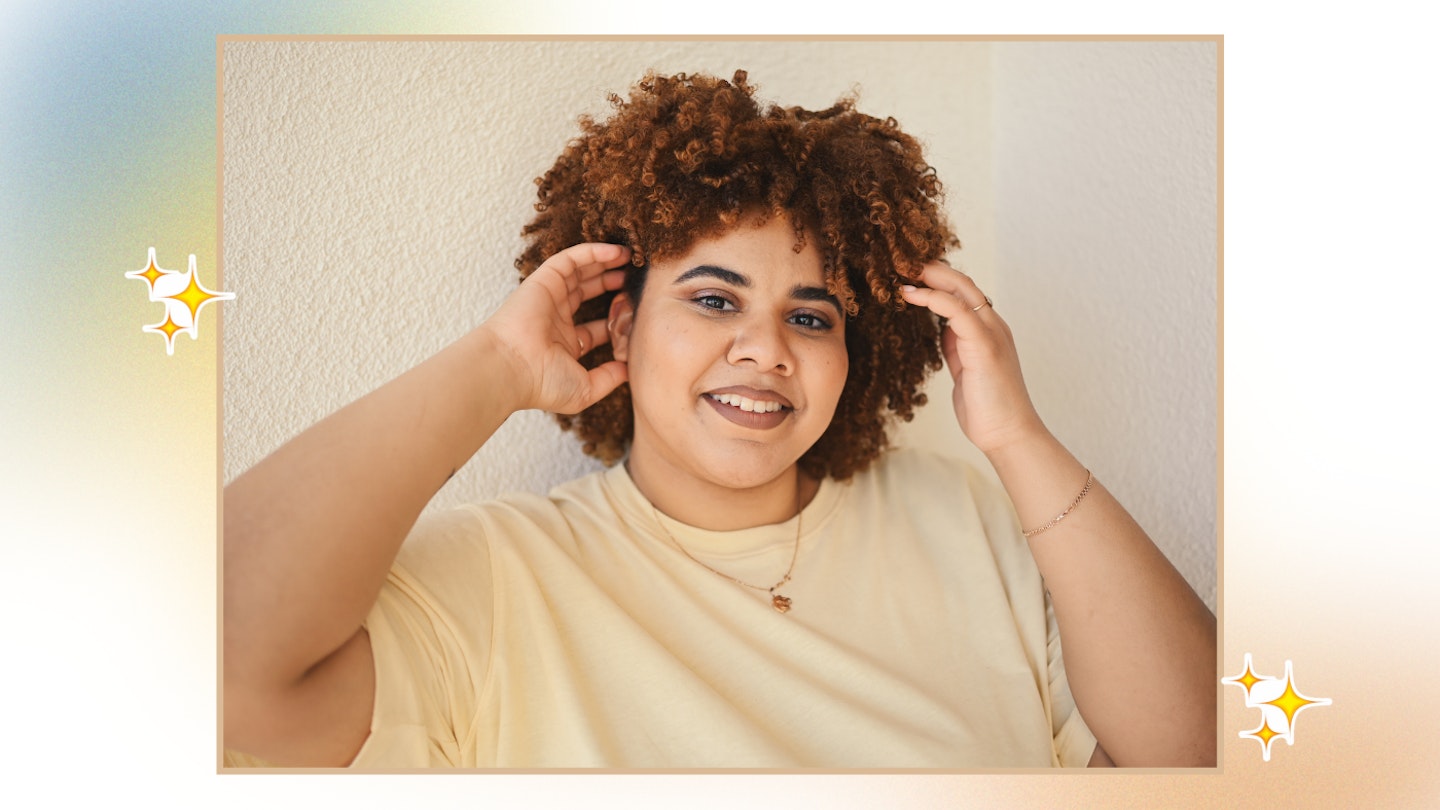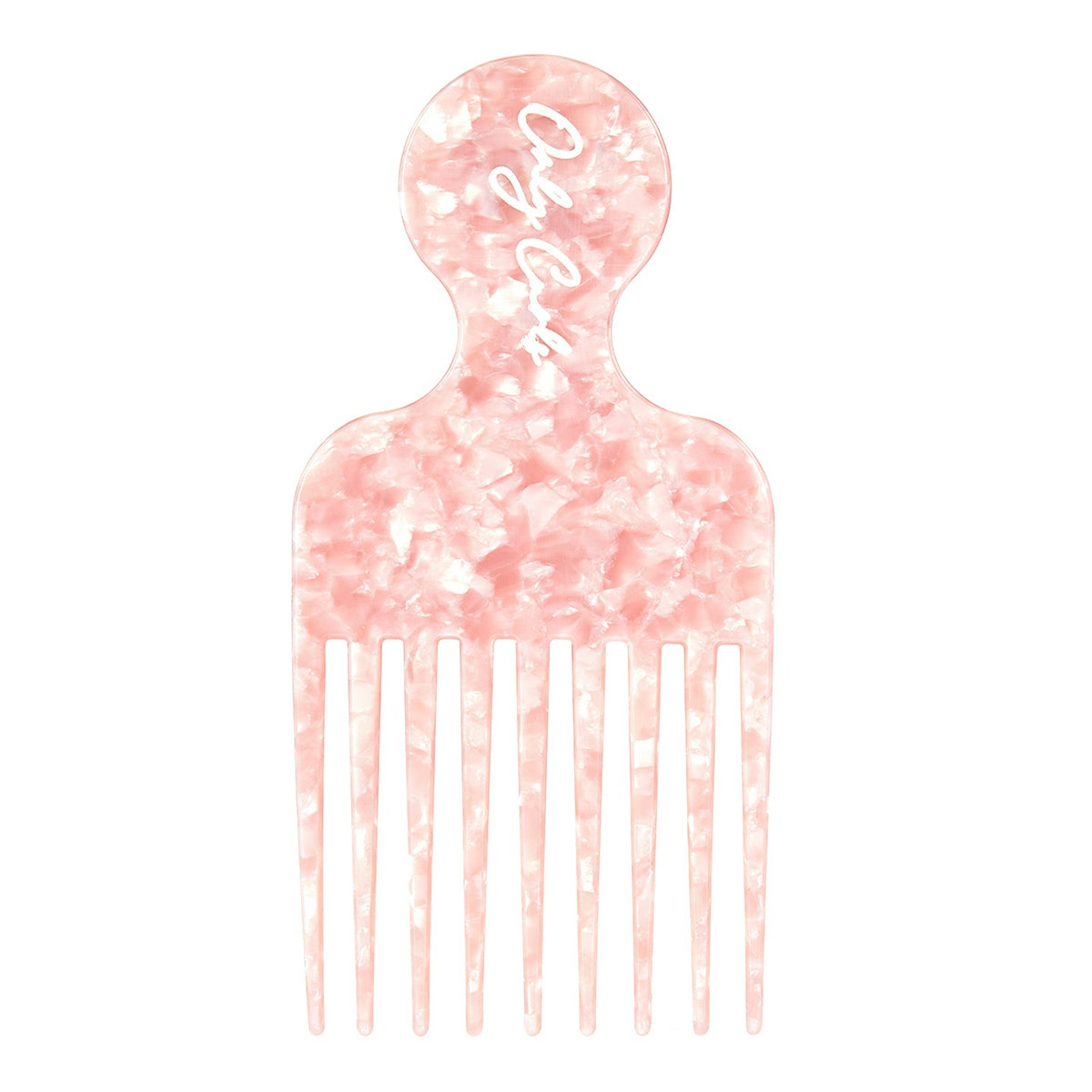Calling all coily girls, this one is for you. Often dubbed as the most challenging hair type to maintain and style, 4C hair has the tightest curl pattern of all the type 4 locks. But armed with nourishing products like hair oil, you can work with not against your curls to achieve your best do yet.
Knowing and understanding your hair type is the first step to achieving lush locks. Thanks to the Hair Typing System, created by celebrity stylist Andre Walker in the 1990s, caring for your strands the correct way couldn’t be easier.
To get the full lowdown on 4C hair and the best curly hair products to use, we chatted to Abigail Butler, L’Oréal Artistic Educator and Salon Owner, and Zoë Passam, Consultant Trichologist at Philip Kingsley.
What is 4C hair?
At first glance, the Hair Typing System can seem like a slightly confusing jumble of numbers and letters. You might be thinking, 'What does it actually mean?' Luckily Passam has broken it down for us. “Hair is categorised as types 1-4, with 1 being straight and 4 being the most curly. Within each category are sub-categories A-C, denoting degree of curl/wave.”
“4C hair type is tightly coiled hair stands that are seen as a zig-zag pattern (z shape),” explains Butler. “This type of coil can be hard to distinguish because it is tight and dense in nature, in addition, you can experience shrinkage of around 70% or more than other textures which makes it appear much shorter than it is.”
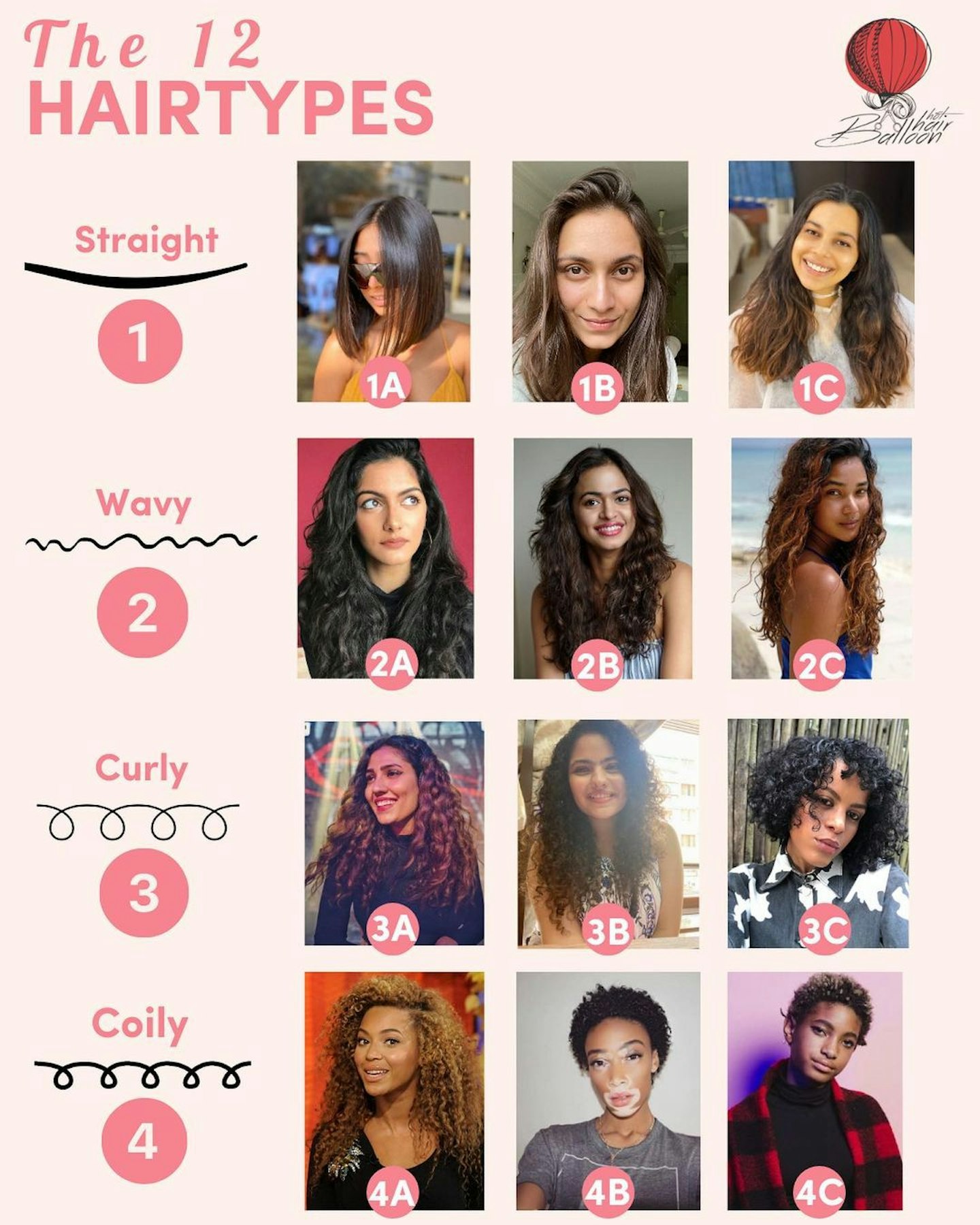
What are the characteristics of 4C hair?
4C hair boasts beautiful curls, but be careful because they are very delicate.
Understanding the characteristics of your strands is super important when it comes to treating your tresses and choosing which products, such as hair masks, are best for your locks. So we've turned to the experts to get the full deets on 4C hair.
“4C hair is typically tightly curled and may have a coarse texture. The kinks and twists in this hair type constitute weak points, which may then be more vulnerable to damage, for example when styling” explains Passam.
Butler continues to tell us that “this hair type is quite fragile and prone to breakage as the coils could become easily tangled and typically lacks natural lustre. Taking extra care by regularity adding moisture and protecting it will help keep coils in a healthy condition.”
4C hair vs. other hair types
The other hair types in the number 4 category are 4A and 4B. While similar to 4C, they have looser curl patterns.
Butler adds, “4C hair type is the most delicate of all the hair types compared to other types such as 4A and 4B as it experiences a high degree of shrinkage, has less definition and requires more moisture as it has a low-level moisture retention.”
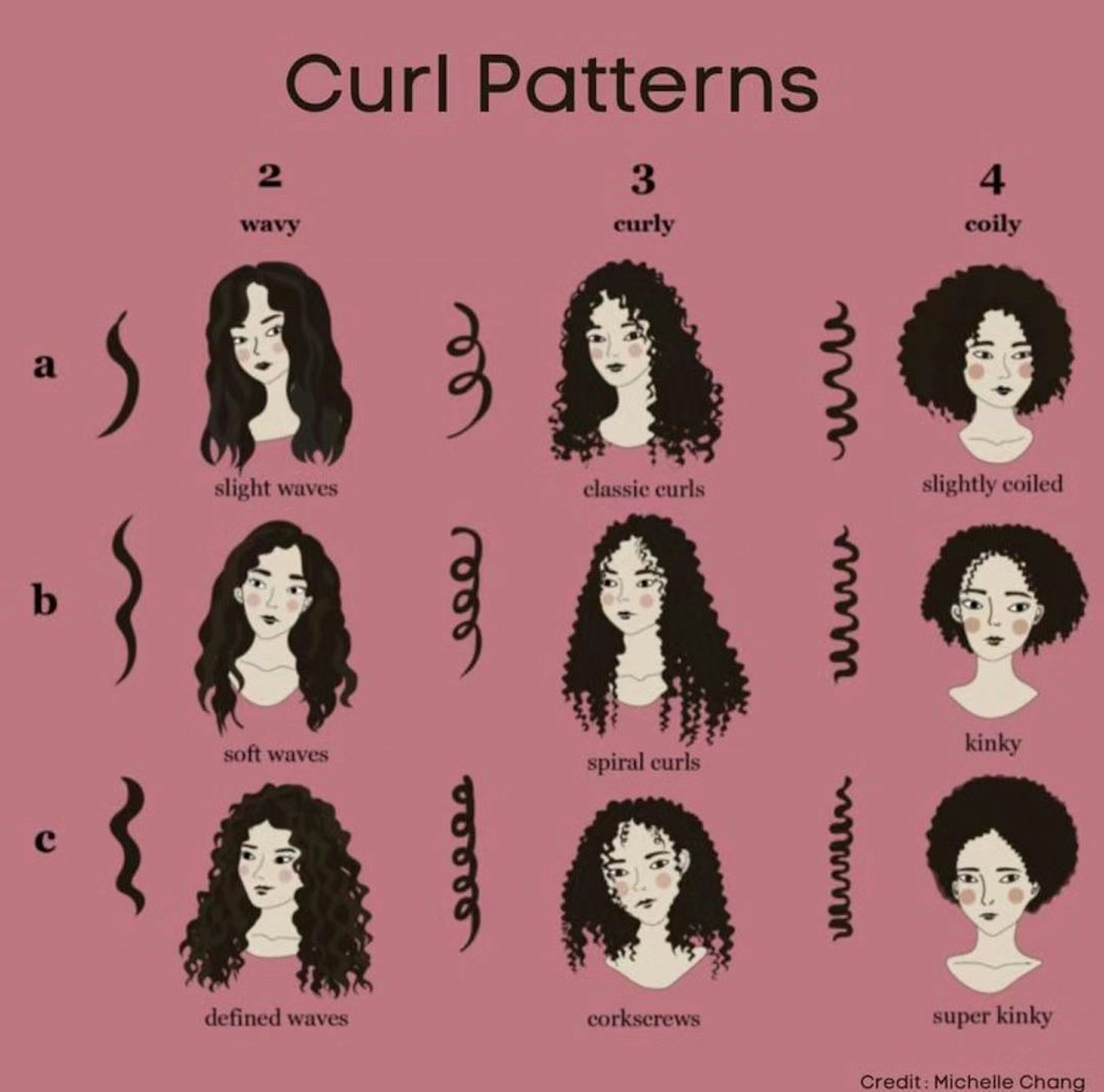
What is hair porosity and does 4C hair have low or high porosity?
“Hair porosity refers to the hair's ability to absorb and retain moisture and substances such as oils and hair products,” explains Butler. “It's an essential factor to consider when it comes to hair care and choosing the right products and techniques for maintaining healthy, well-moisturised hair."
Hair porosity is categorised into three main types:
-
Low porosity - which can be resistant to moisture absorption initially, but once absorbed retains it well
-
Normal porosity - which absorbs and retains moisture effectively
-
High porosity - which absorbs moisture quickly, but can lose it just as quickly
So which porosity does 4C hair have? Turns out, there isn’t a definitive answer.
Butler explains, “It’s essential to note that porosity can vary among individuals with 4C hair. Some people with 4C hair may have low porosity, while others may have high porosity hair. There's no universal porosity level for all individuals with 4C hair. To determine your hair's porosity, you can do a simple ‘porosity test’ at home. One common method involves taking a strand of clean, dry hair and placing it in a glass of water.”
Hair porosity can also change depending on the environment you are in. Passam reveals that “hair will tend to take on more water in a humid environment and less in a dry environment. Too much water in the hair can increase susceptibility to breakage, but at low humidity, hair becomes ‘stiffer’ and more brittle, so a delicate balance of moisture in the hair must be achieved.”
How to care for 4C hair?
Due to its tightly coiled texture, which can cause tangling and shrinkage, 4C hair is often thought to be unmanageable. However, knowing how to care for it properly will make it a million times more manageable, we promise.
“4C hair isn't inherently difficult to grow; the challenge lies in preventing breakage. Due to its delicate nature, it can be prone to breakage if not handled gently and moisturised regularly. With proper care, 4C hair can achieve healthy growth like any other hair type,” explains Butler. The L’Oréal Artistic Educator and Salon Owner gave us her top tips for caring for 4C hair – and of course, we’re sharing all the expert advice you with gals.
Moisturise
“4C hair tends to be dry, so hydrate it regularly with water-based products and deep conditioning treatments. L’Oreal Professionnel Curl Expression Rich Mask is great for intensely hydrating curls and coils while providing shine.”
Gentle Handling
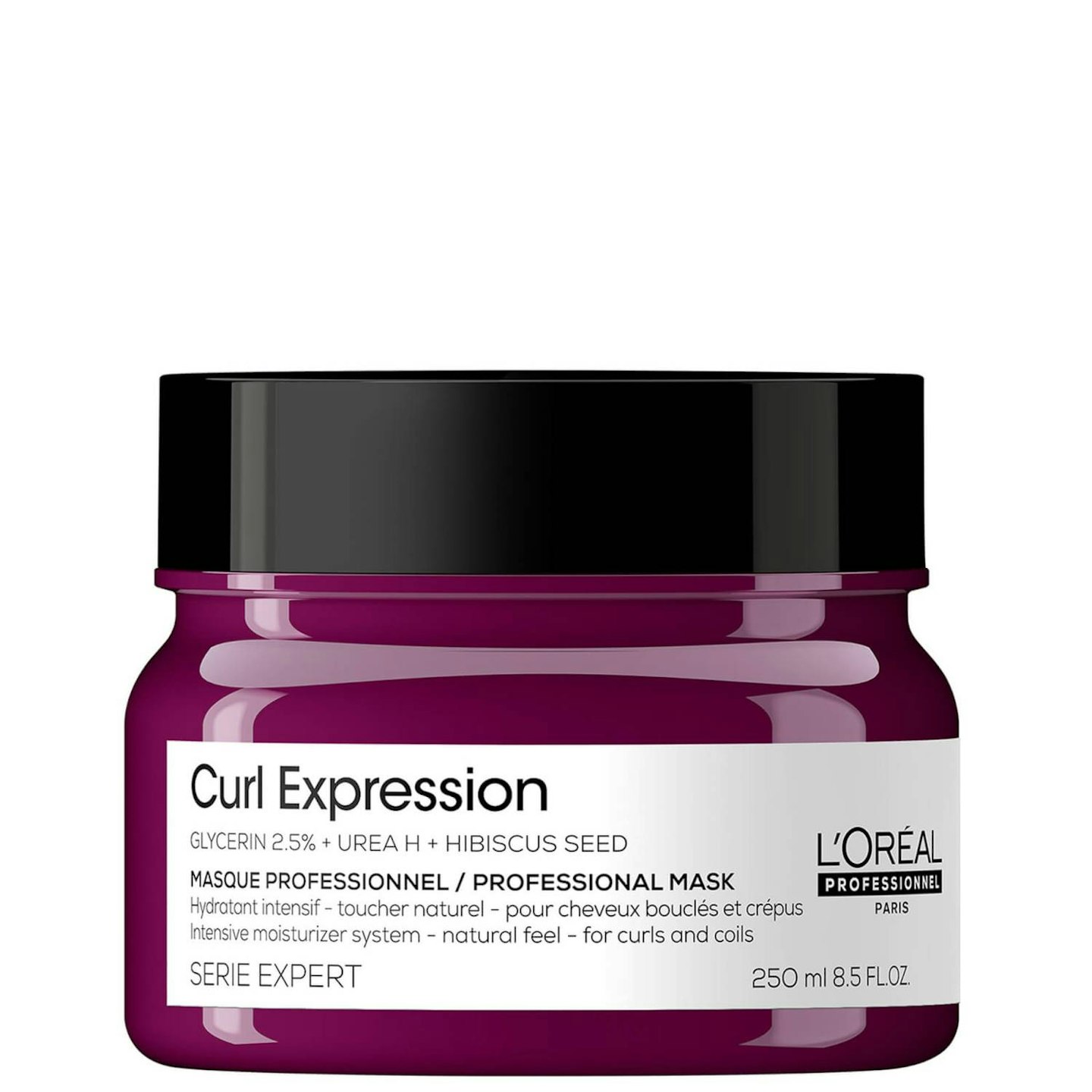
www.lookfantastic.com
It's a game-changer.
“Avoid excessive manipulation and tight hairstyles to prevent breakage and tangling.”
Detangle with Care
“Use a wide-tooth comb or fingers when detangling and do so when your hair is wet and coated with conditioner.”
Protective Styles
“Consider protective styles like braids, twists, or wigs to reduce manipulation and promote hair health.”
Trim Regularly
“Trim split ends to prevent further damage and maintain hair health.”
Night-time Care
“Protect your hair at night by using a satin or silk pillowcase and/or wearing a satin bonnet or scarf to prevent friction and moisture loss.”
Zoë Passam, Consultant Trichologist at Philip Kingsley, recommends emollients, such as coconut oil, argan oil, jojoba oil and shea butter to care for your coils.
She explains, “The application of emollient products to lubricate the hair can be helpful for 4C hair, as they reduce the likelihood of breakage by smoothing the cuticle and reducing friction, such as when styling. Studies suggest that with a greater degree of curl, hair has less elasticity, meaning that the hair will break more easily and be less resilient. Emollients, such as oils, may help to increase elasticity and reduce porosity.”

www.boots.com
The multi-action oils work to repair damage, protect during heat styling and add instant shine.
What are the best haircuts and styles for 4C hair?
A haircut or hair style is obviously a very personal decision and completely up to you. However, hair type can play a factor when it comes to manageability and what works best.
“Styling 4C hair can be a creative and enjoyable process,” says Butler. Here are the salon owner’s recommended haircuts and style ideas for 4C hair:
Tapered Cut
"A tapered cut can give your 4C hair a stylish and edgy look. It involves cutting the sides and back of the hair shorter while leaving the top and crown area longer for a striking contrast."
Big Chop
"If you're transitioning to natural hair or want a fresh start, consider doing the 'big chop' to remove relaxed or damaged hair. This results in a short, natural, and low-maintenance style."
Afro
"Embrace your natural texture with a classic afro hairstyle. This iconic look showcases the fullness and beauty of 4C hair. Keep it well-moisturised and shaped to maintain its round silhouette."
Twist Outs
"Twist-outs are a popular style for 4C hair. After washing and moisturising your hair, twist small sections and allow them to dry. When you unravel the twists, you'll have beautifully defined curls."
Braids and Cornrows
"Protective styles like braids and cornrows are excellent choices for 4C hair. They can be intricate or simple, and they protect your hair from manipulation and breakage."
Bantu Knots
"Bantu knots are a versatile and stylish option. After moisturising your hair, twist sections into small knots and secure them. When you undo the knots, you'll have defined coils."
Butler’s final piece of advice is to “remember that every 4C hair type is unique, so it may take some trial and error to discover the best haircuts and styles that suit your individual texture and preferences. Patience and care are key to achieving healthy and stunning 4C hair styles.”
